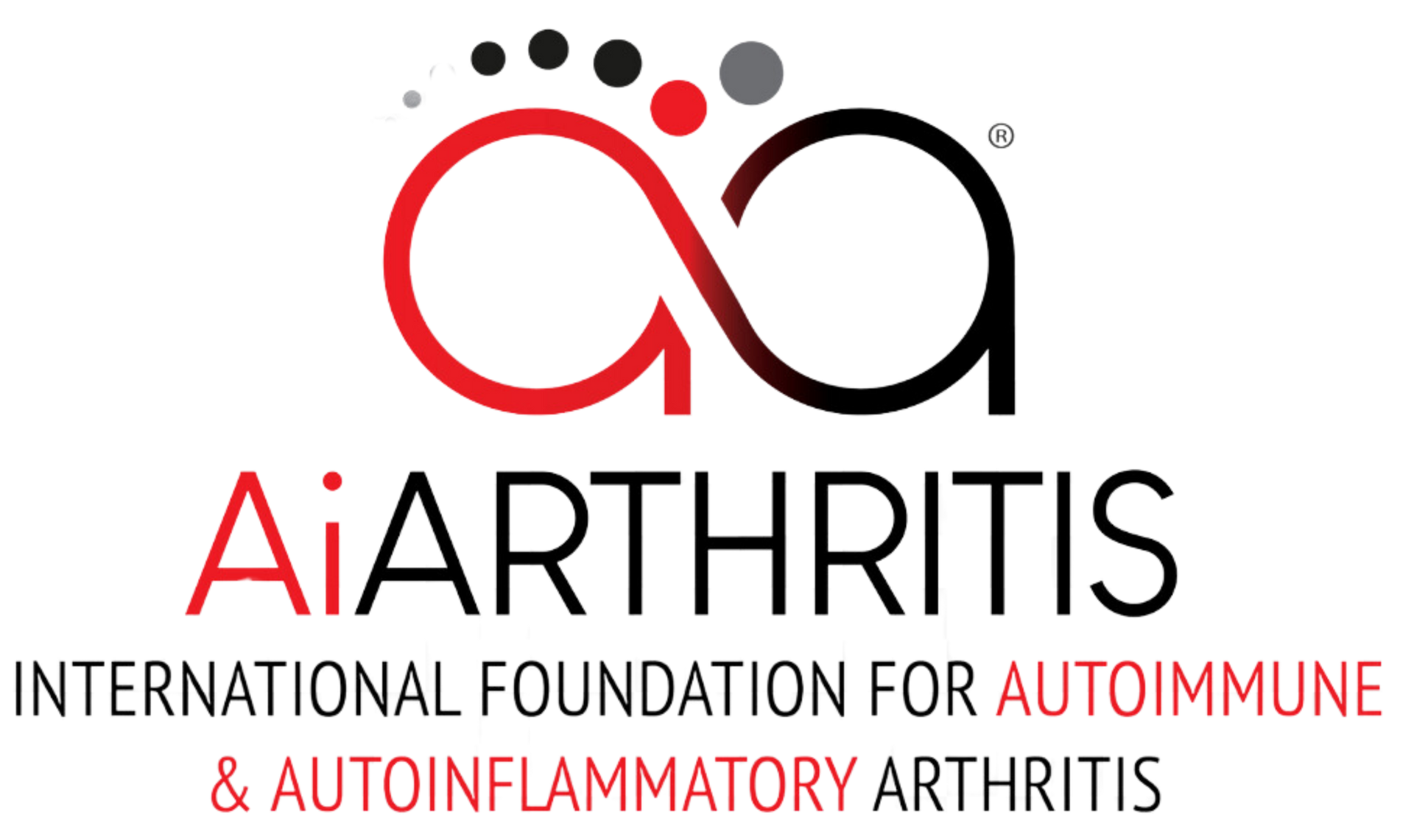For this public and patient-led debrief, we gathered together again to hold a conversation with our "Go With Us" team about the new advancements from
#EULAR2022, one of the largest rheumatological conferences in the world.
Conference Overview
Our final public debrief from
EULAR 2022 (European Alliance of Associations for Rheumatology) was hosted by AI Arthritis, focusing on cutting-edge research, education, and both pharma and non-pharma approaches. Topics discussed included precision medicine, aging, comorbidities, detection and diagnosis, and personalized treatment matching.
Panelist Introductions
- Tiffany Westrich-Robertson: CEO of AI Arthritis, living with undifferentiated connective tissue disease, rheumatoid arthritis, non-radiographic axial spondyloarthritis, and Behçet's disease.
- Deb Constien: Living with RA for 40+ years, retired dietician, AI Arthritis volunteer.
- Katie Simons: Senior Programs Manager at AI Arthritis, living with RA for 20 years.
- Eileen Davidson: Living with RA for 7 years, involved in various patient research and advocacy groups.
- Lisa Chandler: Living with seronegative arthritis for 20 years, long-time AI Arthritis volunteer.
- Kerry Wong: Living with sarcoidosis, RA, Sjögren's, and other conditions, active in various patient advocacy roles.
- Cristina Montoya: Registered dietitian, living with RA and Sjögren's since childhood, known as the Arthritis Dietitian.
Personalized vs. Precision Medicine
- Personalized Therapies: Non-pharma approaches tailored to individual needs.
- Precision Medicine: Pharma-based, science-driven approaches using patient-specific data (e.g., DNA, biomarkers) to match treatments, improve diagnosis, and predict adverse reactions.
Beyond Medication: Self-Management Workshop
- Structure: Five-week group session led by two professionals and a patient, focusing on patient participation.
- Goals: Help patients accept their new reality, manage fatigue, sleep, and pain, and foster a sense of community.
Key Points:
- Encourage patients to take baby steps and problem-solve together.
- Implement a “grace period” of three days to process flare-ups before moving forward.
- Promote shared decision-making with healthcare providers.
- Create a safe environment for patients to express fears, challenges, and successes.
Discussion Points
- Mental and Emotional Support: Addressing these early in diagnosis is crucial.
- Initial Grief Period: Recognizing the varied duration for patients.
- Validation: Patients often face dismissal of their symptoms before proper diagnosis, making validation crucial both internally and externally.
Conference Themes
Validation was a recurring theme throughout the conference. Research presented at the conference emphasized holistic patient care, incorporating both pharmaceutical and non-pharmaceutical approaches.
Aging and Rheumatic Diseases
Aging research in rheumatic diseases is becoming increasingly relevant, focusing on both current elderly patients and those who will age into these diseases. The current generation may be treated with biologics from childhood to old age, leading to new research into long-term effects.
Ethical and Cost Considerations
Ethical concerns arise around treating elderly patients with medications like steroids, which are typically avoided in younger populations due to long-term side effects. The cost-effectiveness of treating elderly patients with expensive biologics is also under scrutiny, with considerations of quality-adjusted life years (QALYs).
Treatment Evolution
Treatment protocols have evolved over the decades, moving from lifestyle changes to aggressive early treatment (Treat-to-Target) aimed at remission. The potential need to taper or stop biologic treatments as patients age ties into broader discussions about aging and treatment sustainability.
Fatigue in Rheumatic Diseases
Fatigue is a significant issue for patients with rheumatic diseases, with biological and immunological factors contributing to it. Energy reserves in the body are primarily stored in the liver (glycogen) and adipose tissue (fat), with the brain and immune system being major energy consumers.
- Impact of Smoking: Smoking exacerbates fatigue and decreases quality of life.
- Muscle Fatigue: Feels like lifting a heavy weight, making simple tasks difficult.
Fatigue Types
- Physical Fatigue: Persistent tiredness, sometimes requiring multiple naps throughout the day.
- Brain Fatigue: Caused by anxiety or stress, leading to an initial energy surge followed by a crash.
Impact of Traumatic Events
Traumatic events can exacerbate muscle fatigue due to the adrenaline rush and subsequent crash. Positive events can also lead to fatigue and flares.
DAS 28 and Fatigue
Disease Activity Score 28 (DAS 28) incorporates joint counts and patient global assessment. Fatigue is heavily tied to pain, which is a significant part of the DAS 28 score.
CRP Levels and Fatigue
C-reactive protein (CRP) levels, a marker of inflammation, explain about 35% of fatigue. Pain accounts for over 55% of fatigue.
Inflammation and Brain
Research indicates a disconnect between controlling inflammation and pain relief in RA patients. Studies using MRIs and fibromyalgia as a control group are ongoing to understand how inflammation and pain interact in the brain.
Vagus Nerve and Brain
Stimulation of the vagus nerve might affect how the brain processes pain and inflammation, with potential implications for RA and fibromyalgia treatment.
Precision Medicine
Focuses on identifying individual biomarkers for tailored treatment approaches. Psoriatic arthritis and Still's disease studies are examples where precision medicine is being applied. DNA sequencing is essential to match patients to effective treatments.
RA Research and Other Diseases
RA is frequently studied because it’s easier to diagnose and enroll patients, benefiting research that can be applied to other diseases.
Pain and Non-Pharma Approaches
Due to concerns with opioids, there is a significant movement toward natural pain therapies and mental stimulation to address pain.
Sarcoidosis
Diagnosed through a process of exclusion with a combination of lab results, biopsies, and clinical criteria. The diagnosis is often “highly suggestive” rather than definitive, and treatment options are limited.
For more insights from EULAR 2022 and discussions on these important topics, be sure to check out the full debrief on our
YouTube channel here. Let's continue advancing our understanding and care for rheumatic diseases together!







